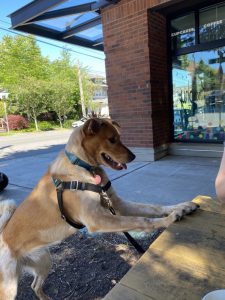It’s been a stressful week (month), even by the standards of the 2020’s. And in four days, I’m going to do something I swore I never would. I am going to hand my dog over to a trainer, and walk away. For three weeks.
Three. Weeks.
They call it “board and train.” We’ve been referring to it as “puppy boot camp.”
I’m stressing out about it, hard.
I know that I’ve taken Max a long way in 20 months. She’s a sweet, loving, playful girl with excellent leash manners, she knows all her commands (even if she still has trouble with her recall), she’s a great car-ride companion, and is A+ at letting me know when she has to go out (and holding it, if I can’t get to her right that second). And she hasn’t destroyed a single thing other than her own toys since she finished teething. She’s practically perfect, and the not-perfect….well, that’s just a matter of fine-tuning.
But she still reacts with fear-aggression under certain circumstances, and while I can handle it, that’s beyond my current paygrade to fix.
Part of me feels like I’ve failed, that I wasn’t “good enough” or attentive enough to be and do everything Max needs. That somehow it’s my fault she has that particular quirk.
It’s not. I’ve had trainers reassure me on that fact: dog brains are mysterious things, same as human brains, and sometimes they just… get wired a certain way.
Part of me believes if I’d put in a little more time, studied a little more, done more exercises, I could have done the rewiring myself.
And maybe I could have. Probably I could have. I know the basics, it would just require, well, a lot of time. Constant, dedicated time. And I have a job (several, in fact) and a real need for sleep.
I’m reminding myself that just as writers need editors and copyeditors, sometimes puppies need a little extra help, too. Nobody’s good at everything, and we don’t have to be.
And Max isn’t going to love me any less for it.
So she will go to Puppy Boot Camp, spending three weeks with S., who will give her the 24-hour professional care and training needed to erase old habits and build new ones. And when we are reunited, S. will teach me how to maintain and build on those.
It’s a good thing. It’s also a bloody expensive thing, but it’s a good thing.
And maybe, rather than boot camp, it will turn out to have been Officer Training School.
I’m going to miss her, a lot. But I also suspect the time will be well-spent, reconnecting with (spoiling) Castiel the Kitten of Thursday, and also writing a LOT in the time not spent exercising and training. Which is good, because I’m supposed to be writing the follow-up to SOMETHING PERFECT next month….
But until then, Max and I are keeping each other chill.
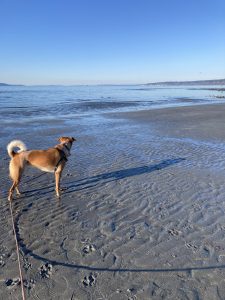


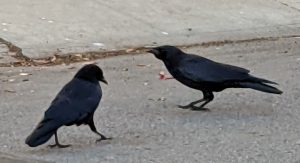 Shortly after dawn most mornings, a crow calls loudly, “Caw, caw, caw, caw.” It seems to be speaking to the whole neighborhood of crows, though I’m not sure how large an area this announcement covers. I refer to this as the “Call to Prayer,” because it reminds me of the calls used by mosques, but I don’t know its true purpose.
Shortly after dawn most mornings, a crow calls loudly, “Caw, caw, caw, caw.” It seems to be speaking to the whole neighborhood of crows, though I’m not sure how large an area this announcement covers. I refer to this as the “Call to Prayer,” because it reminds me of the calls used by mosques, but I don’t know its true purpose.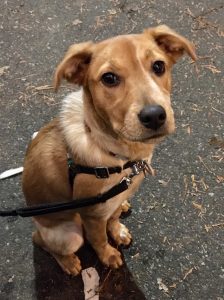

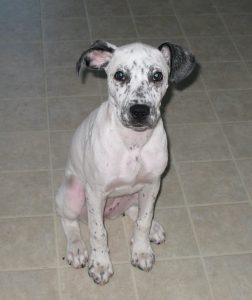

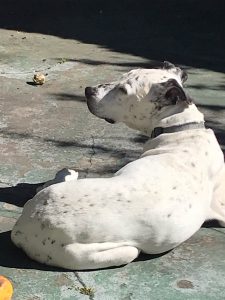 I live with a geriatric half-Dalmatian former-athlete dog. She is sweet and stubborn and ridiculous… and approaching the end of her sell-by date. I had not thought to see my own mortality mirrored in my dog, but there it is. She’s not my first dog, but for a variety of reasons I didn’t get to see my earlier dogs age.
I live with a geriatric half-Dalmatian former-athlete dog. She is sweet and stubborn and ridiculous… and approaching the end of her sell-by date. I had not thought to see my own mortality mirrored in my dog, but there it is. She’s not my first dog, but for a variety of reasons I didn’t get to see my earlier dogs age.